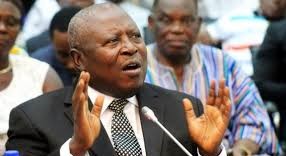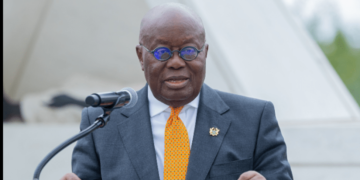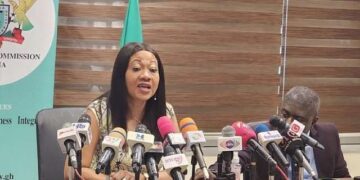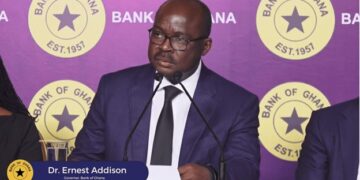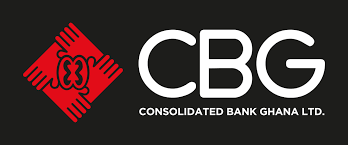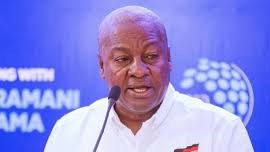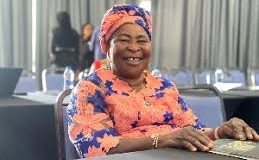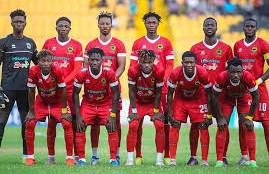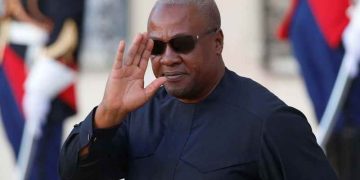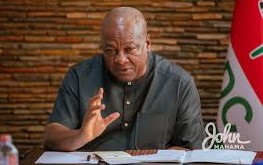The Water Resource Commission (WRC) has held a stakeholder engagement on the establishment of governance structures for the management of water resources within the Kulpawn and Sissili Sub-Basins of the White Volta Basin.
The two-day meeting, held in Bolgatanga, brought together stakeholders from the Environmental Protection Agency (EPA), civil society organisations, and the Directorates of Agriculture (DoAs), among other stakeholders within the basin, including Builsa South and Builsa North, Sissala East and Sissala West, and Mamprugu Moagduri, among others.
They were charged with the responsibility of developing action plans to be implemented and included in the Integrated Water Resource Management (IWRM) plan for the conservation and protection of water resources and other ecosystems in the sub-basins for sustainable resource management.
The stakeholders were to do this by proposing and prioritising actions for each priority issue proposed, to address identified water management challenges in the sub-basins.
It aimed at promoting a coordinated development and management of water, land, and related resources to maximise economic and social welfare in an equitable manner without compromising the sustainability of vital ecosystems.
Mr Jesse Kazapoe, the Basin Head, White Volta Basin, noted that water management issues, including siltation, water pollution, unregulated mining, and deforestation, among others, were identified as cross-cutting issues within the basins, and devising measures to address them was crucial.
He indicated that “from the engagement, we have come out with actions that can address these particular challenges, and we have to take these actions through tests, to see whether they are climate change compliant, sustainable, and can be copied and adapted, and whether they have synergy with other solutions and people can adopt them within the same catchment”.
Mr Kazapoe said some actions proposed covered groundwater, enforcement, proper management of waste and providing natural resources such as tree planting, among other solutions to address the challenges within the sub-basins.
“So these are the actions that we are going to carry into the development of a plan, and out of the plan we will come out with an action sheet that would talk about what we think we can do in the near future and how much we will spend to address these problems, and it is this action sheet that other institutions and donors who want to invest in addressing these issues can rely on as a blueprint,” he added.
He reiterated the mandate of the Water Resource Commission in protecting the aquatic resource of the country, and said the plan being developed would be made available to the District Assemblies within the basins, so they could be included in their development plans to ensure these resources were protected.
Madam Alebedeem S. Adonbire, the Water Resource Officer at the Department of Quality Assurance of the Ghana Water Limited and participant of the meeting, said the proposed actions when implemented would address some of the issues that the Ghana Water Limited was confronted with.
She said with the high rise of illegal mining activities, the GWL was having a bigger challenge of extracting the water, because of the high cost of treatment, and once it incurred costs, it would invariably be transferred to customers.
She said the implementation of these actions in addition to the enforcement of existing laws would be of great help to reduce the burden of the company.
GNA



